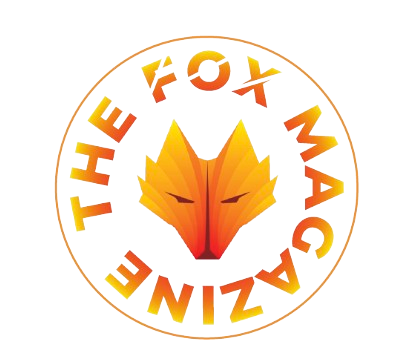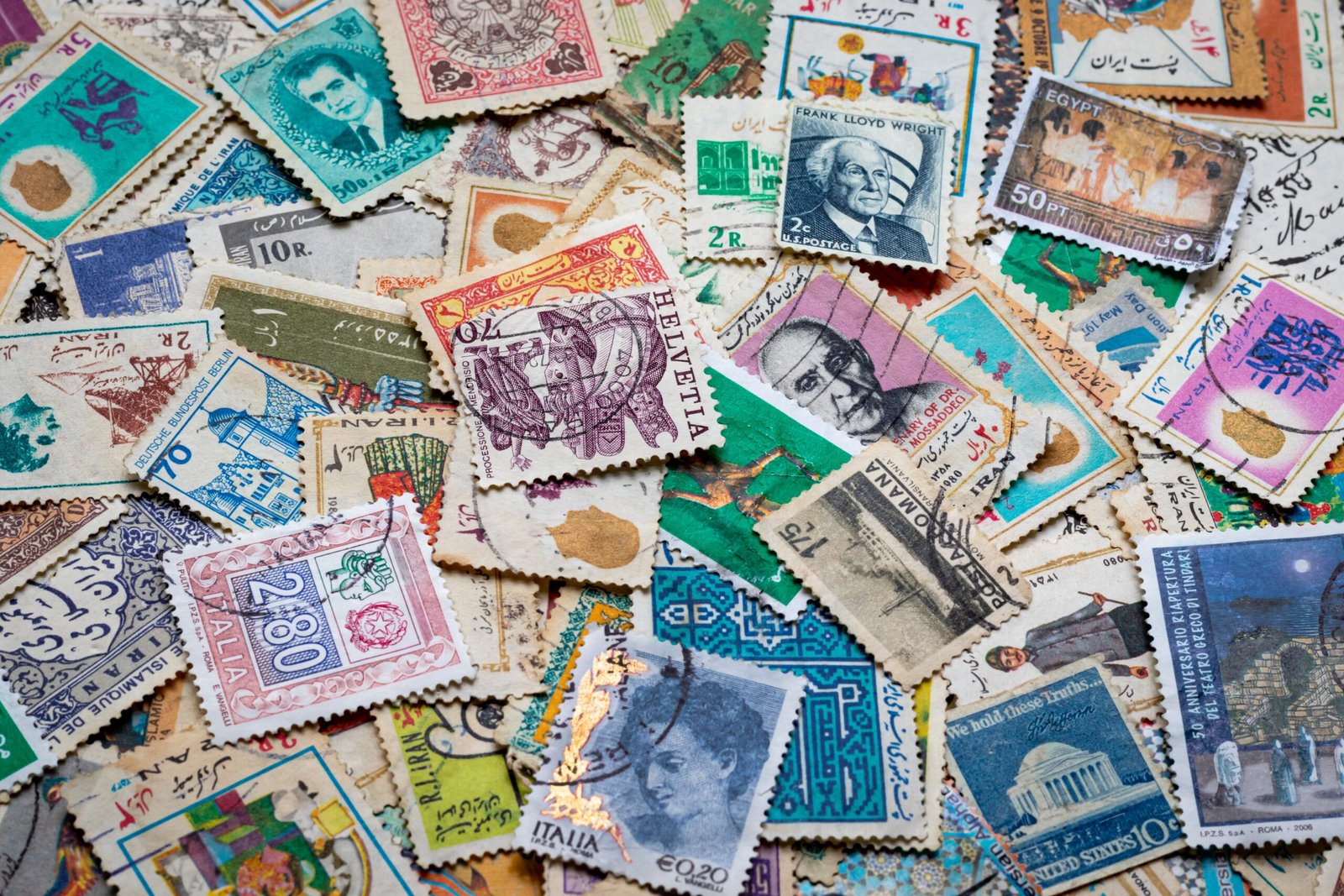Typography continues to play a critical role in graphic design, branding, and digital content creation.
Choosing the right font has never been more important, especially as trends evolve rapidly. Designers constantly explore new styles, aiming for innovation and uniqueness. Platforms provide an extensive selection of creative font styles that help professionals stay ahead of these evolving trends.

Andrie Letoumeau from Creative Fabrica aptly summarizes the current typography landscape:
“Right now, the font trends we’re seeing emphasize bold personality and authenticity. Designers are moving towards expressive typefaces, mixing vintage charm with modern simplicity, creating fonts that instantly capture attention and connect emotionally with audiences.” – Andrie Letoumeau
To help you stay on the cutting edge, we’ve rounded up the top 10 font trends every designer should embrace right now.
1. Retro Revival
Nostalgia is dominating design, bringing back fonts inspired by the 1960s through the 1990s. Retro typography is ideal for branding, packaging, and web design where a distinctive, memorable vibe is needed. Think rounded edges, bold lettering, and playful serifs.
Ideal for: Branding, logos, social media graphics, and packaging.
2. Minimalist Sans-Serif Fonts
Clean, clear, and crisp, minimalist sans-serif fonts continue to thrive. Their simple elegance offers readability and sophistication, perfect for both digital and print media. Minimalism emphasizes clarity and functionality, making it a timeless choice.
Ideal for: Websites, user interfaces, corporate identities, and editorial design.
3. Handwritten and Script Fonts
Handwritten fonts deliver authenticity, warmth, and personality. Whether elegant script styles or casual handwriting, these fonts make designs feel personalized and genuine, ideal for emotional connection with audiences.
Ideal for: Invitations, branding for lifestyle brands, blogs, and packaging.
4. Experimental Typography
Designers are increasingly pushing the boundaries with experimental fonts. These typefaces challenge traditional aesthetics with unusual forms, unexpected layouts, and dramatic visual effects, grabbing immediate attention.
Ideal for: Artistic projects, digital art, music album covers, posters, and event branding.
5. Bold and Impactful Fonts
Bold fonts aren’t just about thickness; they convey confidence, strength, and power. They’re particularly effective for making strong statements or drawing focus instantly.
Ideal for: Headlines, promotional materials, digital banners, and posters.
6. Vintage Serif Fonts
Classic serif fonts with modern twists are resurging in popularity. These fonts add a sophisticated, elegant, and timeless appearance to designs, creating trust and credibility.
Ideal for: Magazines, editorial layouts, luxury branding, and fashion-related content.
7. Geometric Typefaces
Geometric fonts provide structure, stability, and modern appeal. Clean lines and symmetry ensure visual harmony, making these fonts highly versatile and suitable for contemporary designs.
Ideal for: Tech companies, startups, user interfaces, branding, and infographics.
8. Variable Fonts
Variable fonts offer unparalleled flexibility and creativity, allowing designers to adjust weight, width, and slant with precision. This adaptability makes them perfect for responsive and interactive digital environments.
Ideal for: Responsive web design, app interfaces, dynamic branding, and digital marketing.
9. Outline and Inline Fonts
Outline and inline fonts stand out through their transparency and subtlety. By highlighting the form of letters rather than their weight, these fonts add visual interest without overwhelming the viewer.
Ideal for: Social media graphics, logos, apparel designs, and event materials.
10. Mixed and Layered Typography
Mixing and layering fonts within a single design is an increasingly popular trend. It allows designers to play with contrast, hierarchy, and visual storytelling, resulting in dynamic and captivating compositions.
Ideal for: Posters, advertising campaigns, book covers, and creative marketing materials.
How to Choose the Right Font Trend
Selecting the right font goes beyond mere aesthetics. Here are a few tips to help designers align font choices with their project goals:
- Know your audience: Align font choices with audience expectations and emotional resonance.
- Maintain readability: Ensure that fonts enhance clarity and accessibility, especially for digital use.
- Consider context: Fonts must complement the design context—whether print, digital, corporate, or casual.
- Balance novelty with longevity: Choose trends that offer lasting appeal rather than fleeting popularity.
Final Thoughts
Staying updated with typography trends empowers designers to produce relevant, engaging, and visually impactful work. With the variety of expressive and distinctive typefaces available, designers have unprecedented opportunities to communicate creatively and effectively. By leveraging these top 10 font trends, you’ll enhance your design skills and captivate your audience, keeping your work visually compelling and emotionally resonant.






